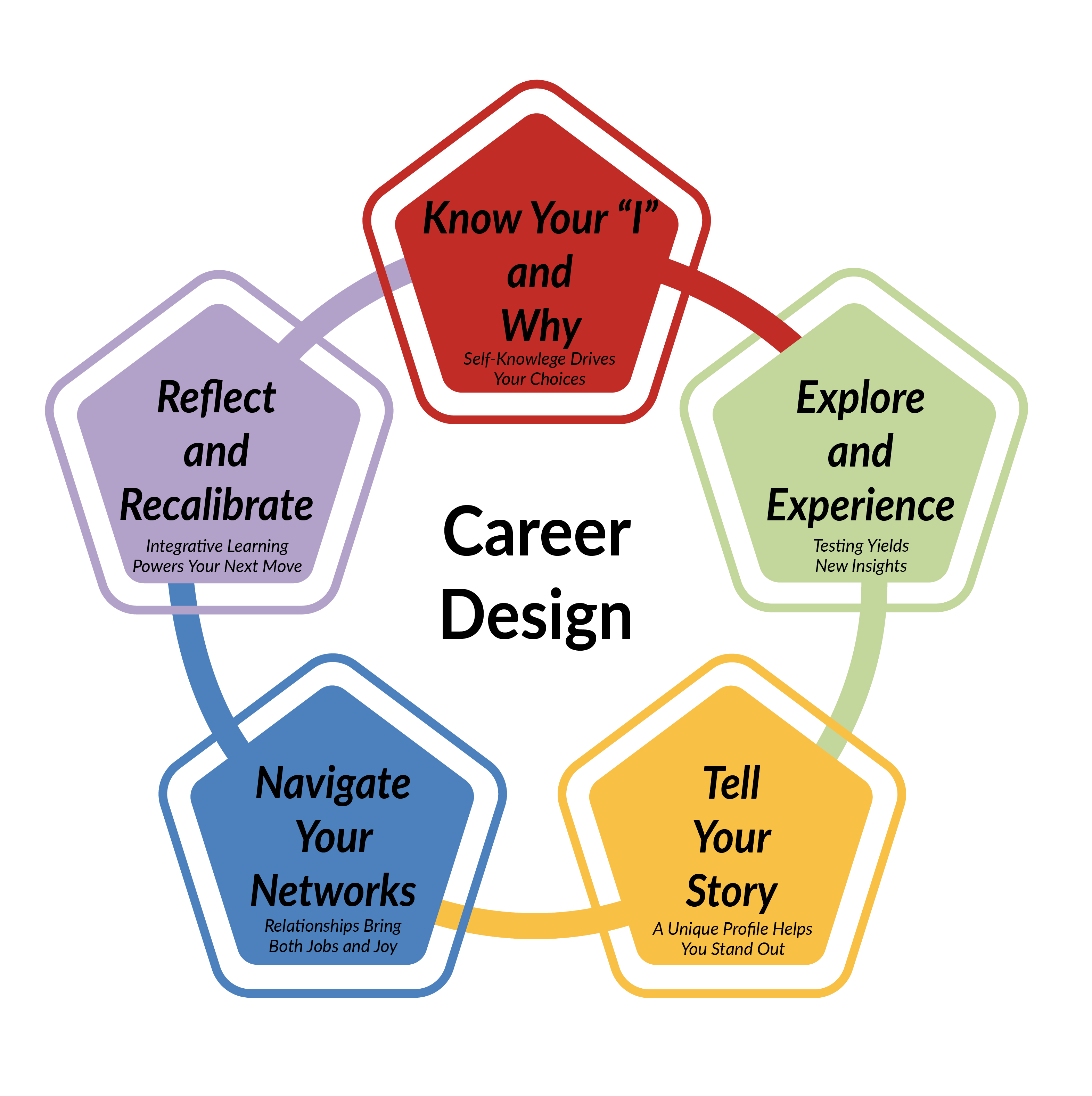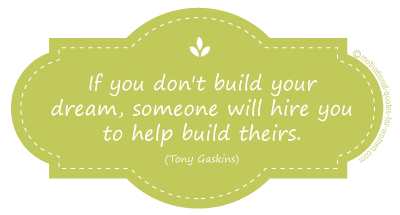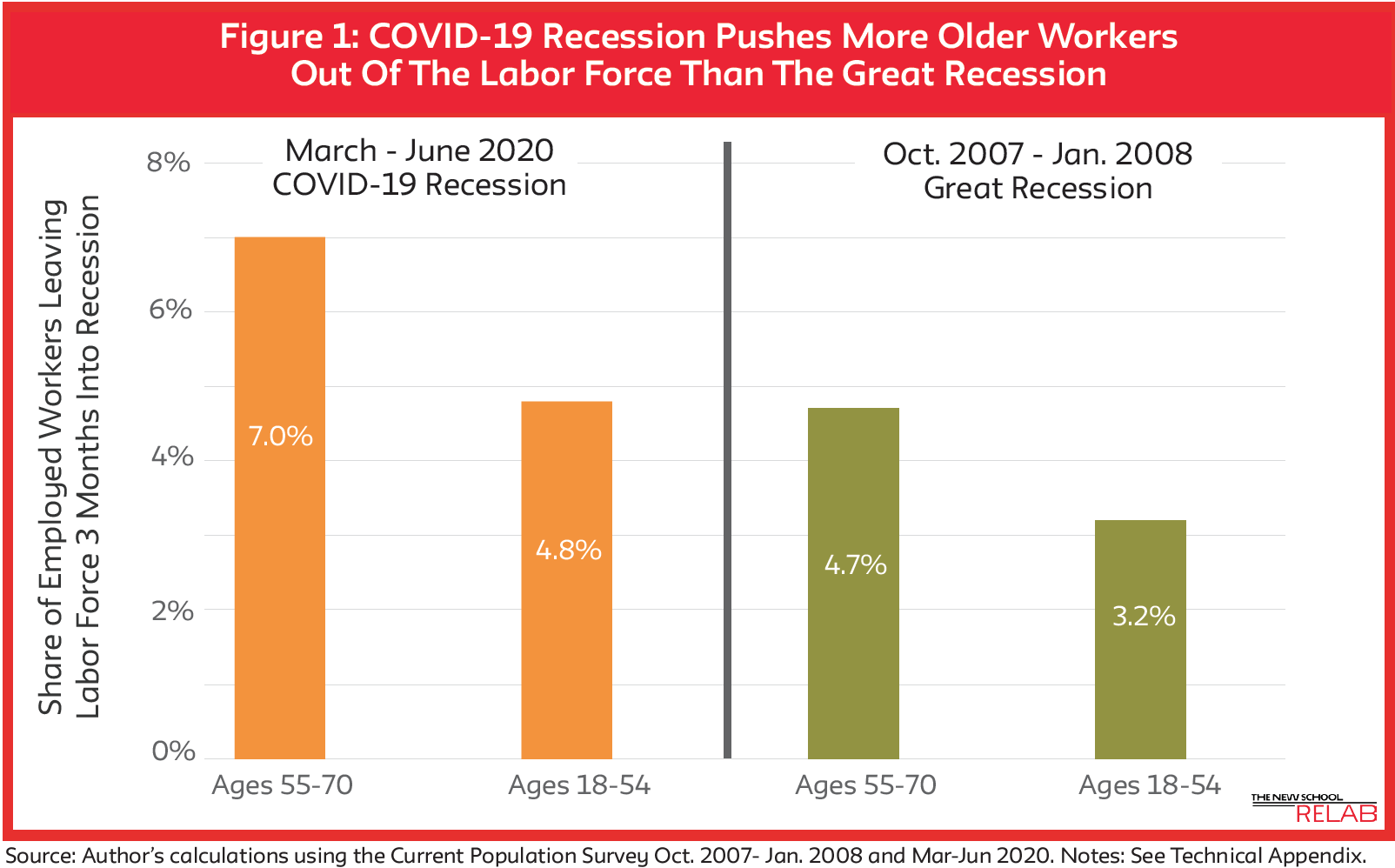
Careers mapping can be a useful tool to develop in-house talent. Employers can identify gaps in their talent and make plans for them. This process helps employees identify their next steps. Employers can also see areas where they need to further their education or training. Career mapping helps employees and employers develop in-house talent, as well as recognize areas of expertise that need improvement.
Job descriptions
The most important part of career development is job descriptions. These job descriptions provide detailed information about the responsibilities for a specific position. They also help to prepare the groundwork for succession planning as well as the ability to recruit top talent. They are useful in determining the skills and knowledge needed for a job and also can help to establish pay equity. When used correctly, job descriptions can save an organization tremendous time when filling a position.
Good job descriptions should include descriptive action verbs in present tense. It should also contain a section for the "other duties as assigned". This gives you more flexibility and provides a better understanding of the job. It eliminates the need to use ambiguous terms like "managing associate" and "project manager." It should also include the essential functions of the job. Descriptions should not only include a job title but also the name and department of the employee.

Salary ranges
Salary ranges are a useful way to attract and retain the best applicants for a particular position. These should be included in job postings and used during interviews. These are also useful if you want to negotiate salary later. These are some of the things to consider when setting a salary range.
The company and job description will determine the salary range for a specific role. For example, a job listing that includes a salary range may discourage candidates not qualified for the position. An employer can save time when determining the correct salary for a job.
Required skills
You can map your career skills to determine your strengths and weaknesses. You can map your skills to identify where you are strong and where you need training. You can apply career mapping to individuals, groups, or departments. It is a great tool to assess your own progress, whether you are a member of a team or an individual.
Careers mapping can help organizations improve productivity. Research has shown that people who have complementary skills are more productive and happier in teams. Employers who map their skills are better able to plan for their training and recruitment activities. They can also use this information for identifying skills gaps in jobs.

Market demand
Employers that are seeking to hire workers can use career maps as a valuable tool. Career maps are available in a variety of formats, including downloadable and interactive options. These career maps often include information relevant to the anchor occupations of each sector. These maps can also be used by companies to improve their understanding of the skills and knowledge of current employees.
Employers can use careers mapping to make better hiring decisions. It is useful for everything from recruiting a marketing role for a recent graduate, to landing a position in a new department two years later. An individual's history over time can provide valuable information when searching for work.